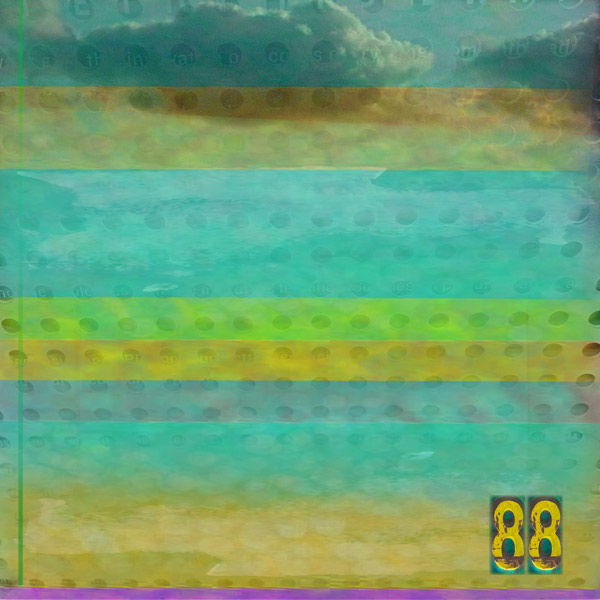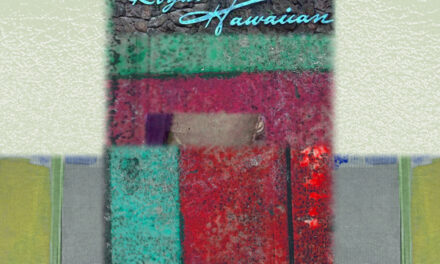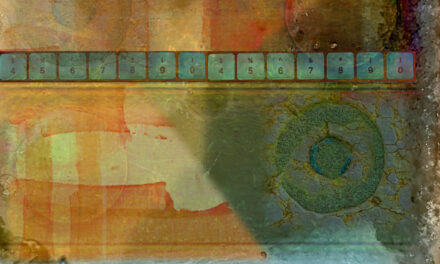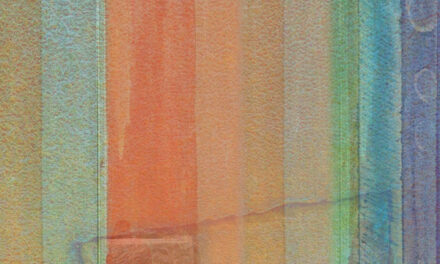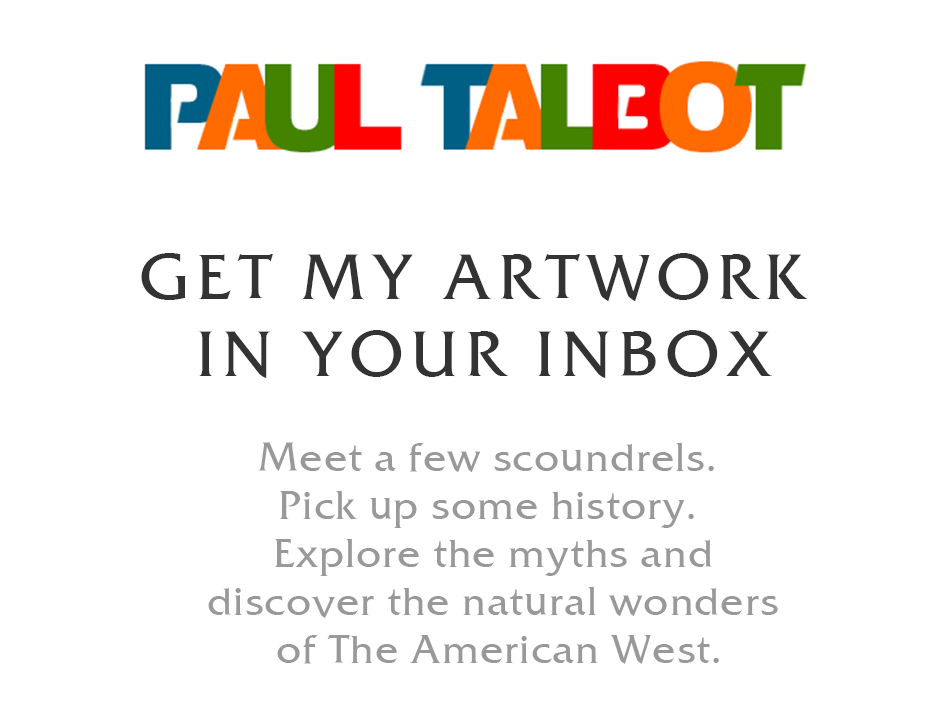Griffith Park turned out to be so gorgeous, so improbable, that it bandaged the city’s wounds and fixed its faults.
No matter how astonishing the extravagances, how grievous the troubles, how remarkable the achievements of the city surrounding it, nothing could ever eclipse those hills.
If you were fortunate enough to be up in Griffith Park before you went anyplace else in Los Angeles, your impression of the city would be forever cast. All would shimmer in light so luminous that even those rough edges, countless cruelties inescapable in any city, would appear less harsh.
You realized this wasn’t the case at all, that your cantilevered illusions could easily construct a flimsy scaffold incapable of supporting a single truth.
Looking out at Los Angeles from Griffith Park you would not lose sight of the city’s complexities, the struggles of so many of its citizens, all the failures and foibles.
What you saw would be gauzy and soft. What you heard would warble out of an ethereal echo chamber. The city’s slights and inequities would seem less daunting, the suffering less tragic. The promises the city made would strike you as fulfillable. The problems it presented would appear more solvable.
Such is the balm of nature. The replenishment and restoration. The solitude up in those 4,300 acres draped across the eastern edge of the Santa Monica Mountains where you can somehow see what others miss.
When astronomers first came up the winding road to the new Griffith Observatory in 1935, when they stepped inside the glorious fusion of Greek and Beaux-Arts architecture, was there anything specific they hoped to see? Where did that telescope take them? How far did the Zeiss refractor send their wonder soaring off into the skies?
Only when the astronomers returned from the cosmos to the city, when they drove their creamy Packards down Vermont Canyon Road to Los Feliz, was their return to earth complete.
Griffith Park remains wedged with improbable delicacy somewhere between our cosmos and our planet. When the hills turn emerald, when the breeze is tinted with eucalyptus sagebrush and chaparral, no scientist would declare with certainty that this land indeed belongs to the earth.

